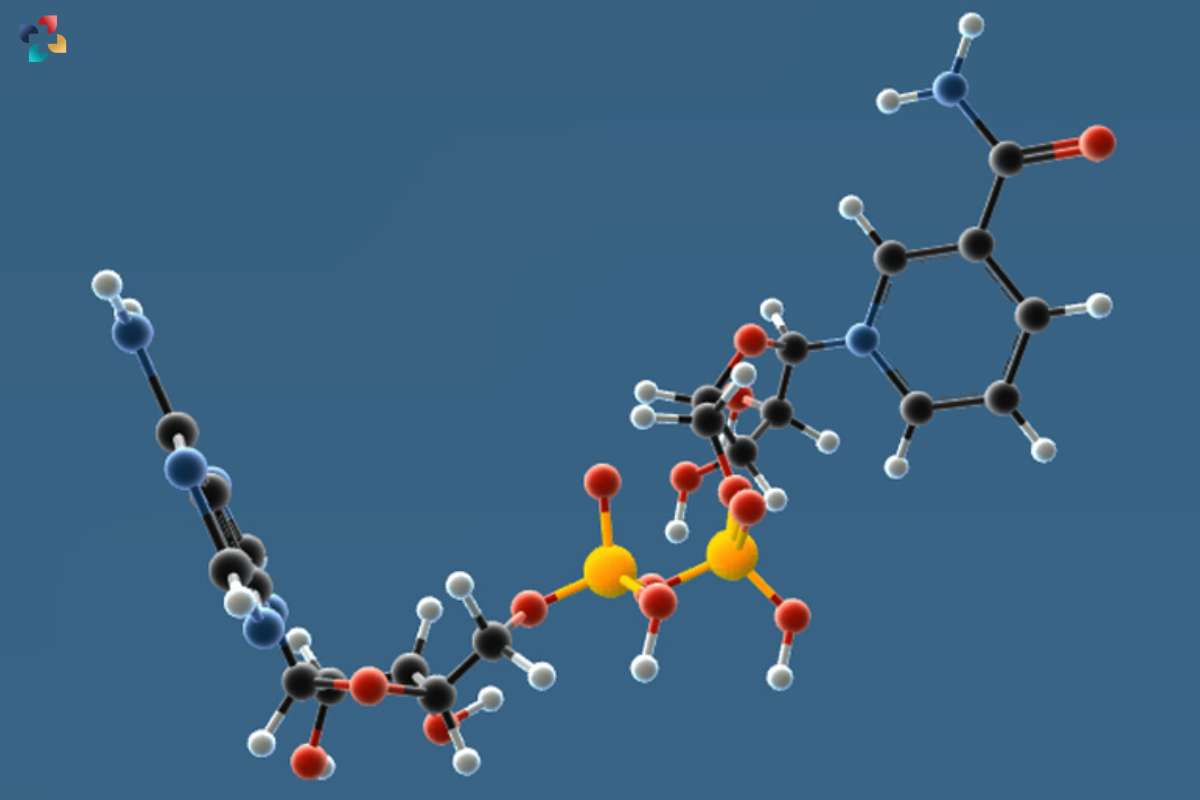Source-https___www.mozaweb.com
Abbreviations are essential for expediting documentation and communication in the fields of medicine and healthcare. “NAD” is one of the many acronyms that are frequently used in medical settings. It has important implications for clinical decision-making and patient treatment. We explore the meaning, importance, and uses of the NAD medical abbreviation in this extensive guide.
Understanding NAD: Definition and Significance
“NAD” is an abbreviation derived from the Latin phrase “Nihil Abstineo Dolo,” which translates to “nothing withheld by deception.” In medical contexts, NAD is commonly used as an abbreviation for “No Acute Distress” or “No Apparent Distress.” This term is often documented in medical charts, assessments, and clinical notes to indicate that a patient is not exhibiting signs or symptoms of acute distress or discomfort at the time of evaluation.
The use of NAD medical abbreviation serves several important purposes in healthcare settings. Firstly, it provides clinicians with a succinct and standardized way to communicate the overall condition of a patient during assessments and examinations. By documenting NAD, healthcare providers convey that the patient appears to be stable and without immediate medical concerns, allowing for efficient triage and prioritization of care.
Furthermore, the inclusion of NAD in medical documentation helps ensure continuity of care and facilitates effective communication among multidisciplinary healthcare teams. When reviewing patient charts or handoff reports, clinicians can quickly ascertain the patient’s current status and level of distress, enabling them to make informed decisions regarding treatment plans and interventions.
Applications of NAD Medical Abbreviation

The NAD medical abbreviation finds widespread use across various medical specialties and clinical settings. In emergency medicine, NAD is routinely documented as part of the initial assessment of patients presenting to the emergency department. By indicating that a patient is in NAD, emergency physicians convey to their colleagues that urgent interventions or immediate resuscitative measures may not be required.
In primary care and outpatient settings, NAD serves as a valuable tool for documenting routine physical examinations and wellness visits. When conducting routine check-ups or follow-up appointments, healthcare providers may document NAD to indicate that the patient is in overall good health and not experiencing any acute medical issues warranting immediate attention.
Additionally, NAD is frequently used in psychiatric evaluations and mental health assessments to describe the patient’s appearance, demeanor, and level of distress. Mental health professionals may document NAD to convey that a patient appears calm, composed, and without signs of acute psychological distress during clinical encounters.
Legal and Ethical Considerations:

In addition to its clinical implications, the documentation of NAD carries legal and ethical considerations. Accurate and consistent documentation of a patient’s condition, including the presence or absence of acute distress, is essential for medical record-keeping, billing, and liability purposes. However, healthcare providers must exercise caution to ensure that the documentation accurately reflects the patient’s actual clinical status and is not misleading or misrepresented.
Educational and Training Applications:
NAD medical abbreviation also serves as a valuable educational tool for healthcare students and trainees. As part of their clinical training, medical students, nursing students, and other healthcare professionals learn to interpret and document NAD during patient assessments and examinations. Understanding the significance of NAD prepares future clinicians to effectively communicate patient status, prioritize care, and contribute to comprehensive medical documentation practices.

FAQs about NAD Medical Abbreviation:
1. What does NAD stand for in medical terms?
NAD is an abbreviation commonly used in medical documentation to denote “No Acute Distress” or “No Apparent Distress.” It indicates that a patient is not exhibiting signs or symptoms of acute distress or discomfort at the time of evaluation.
When is NAD typically documented in medical charts? NAD is often documented during patient assessments, physical examinations, and clinical encounters across various healthcare settings. It provides clinicians with a concise way to communicate the patient’s overall condition and level of distress.
2. What is the significance of NAD in emergency medicine?
In emergency medicine, NAD is used to indicate that a patient is stable and not in immediate need of urgent interventions or resuscitative measures. This allows emergency physicians to prioritize care and allocate resources accordingly.
3. How does the documentation of NAD facilitate communication among healthcare providers?
By including NAD in medical charts and clinical notes, healthcare providers can quickly convey the patient’s current status and level of distress to other members of the healthcare team. This ensures continuity of care and facilitates informed decision-making.
4. Are there any alternative interpretations of the NAD medical abbreviation?
While “No Acute Distress” and “No Apparent Distress” are the most common interpretations of NAD in medical contexts, it’s essential for healthcare providers to clarify the meaning based on the specific clinical context and documentation practices within their healthcare facility.
Conclusion
In conclusion, the NAD medical abbreviation plays a pivotal role in medical documentation, clinical communication, and patient care. By succinctly conveying the absence of acute distress or discomfort, NAD provides healthcare providers with valuable insights into the overall condition of patients during assessments and examinations. Understanding the meaning and significance of NAD is essential for healthcare professionals across various specialties, as it facilitates efficient triage, informed decision-making, and continuity of care in diverse clinical settings.







